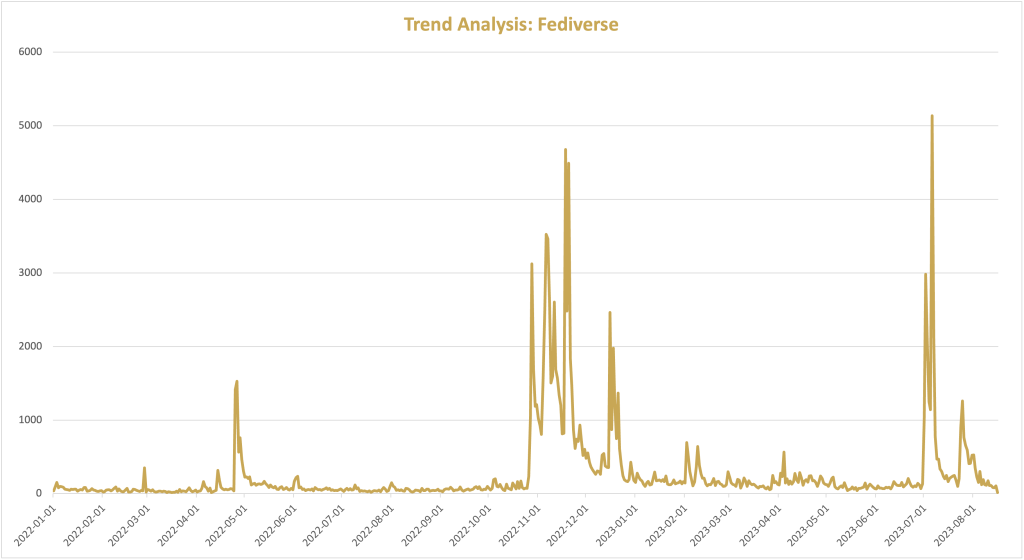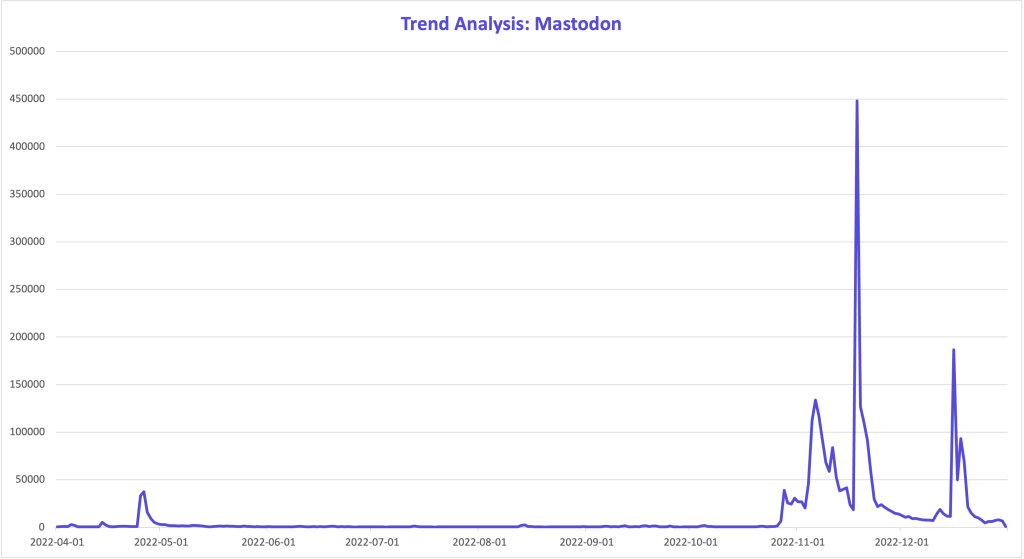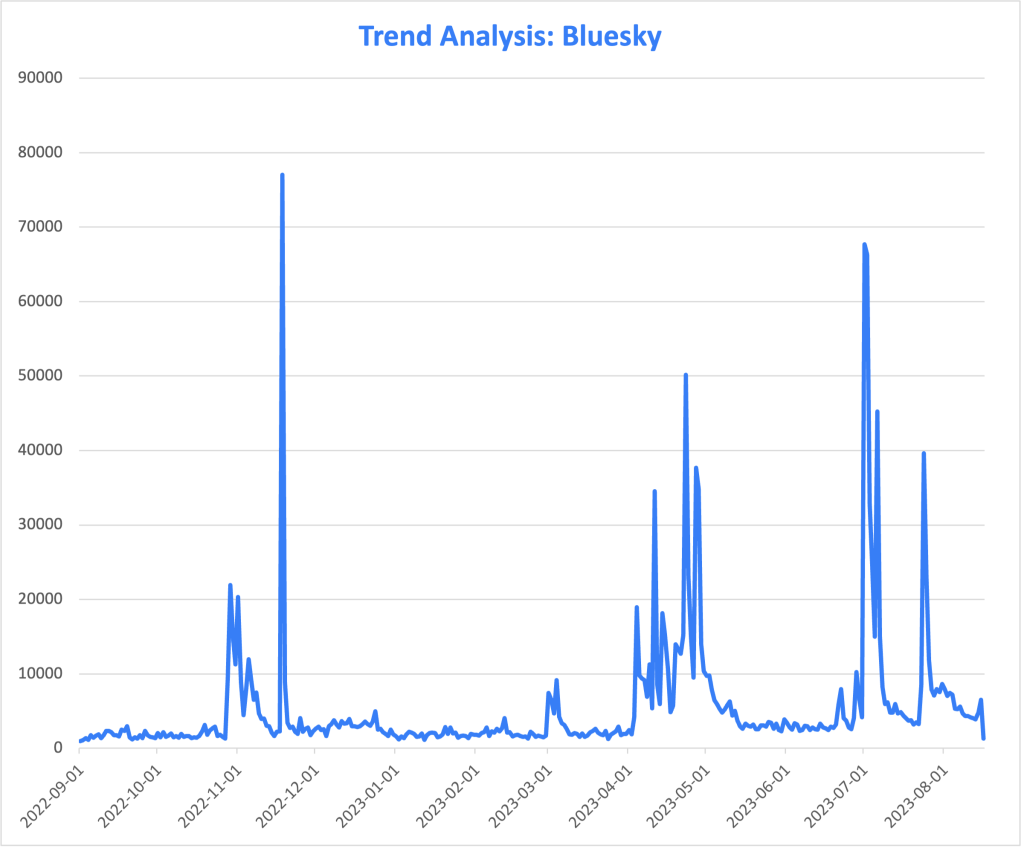Introduction
If you’re a social media user, you’ve undoubtedly noticed that the world of social networking has been a little, well, rocky lately. About 100 new X (formerly Twitter) alternatives have popped up in the last year, some doing well and others not so much. On top of that, big networks have gotten into hot water for lax privacy policies, news censorship, and more.
Among all this chaos is something new: the Fediverse.
No, it’s not the latest DC or Marvel endeavour–it’s a connected group of platforms that can communicate with each other and work in a new way, and we here at Fedica are incredibly excited to dive into this new world.
There’s a lot of things we’re going to talk about here, so let’s dive in.
What is the Fediverse?
The Fediverse isn’t as complicated as it may sound. On a federated platform, you can chat with lots of other platforms from just one place because they all follow the same rules. Where, on centralized networks, you can only communicate with users of the same platform (DMing other X users, for example), the Fediverse allows for cross-platform communication (imagine connecting with an Instagram user from TikTok).
There are many apps that make up the Fediverse right now—you may have heard of Mastodon, an early X rival. Or maybe you’ve heard that Meta’s Threads is going to join in on the federated fun.
What’s so Special About it?
The Fediverse’s big draw is that it’s decentralized, which means it’s not owned by just one person or group. It’s like having lots of small communities under one roof, each with their own rules and people in charge.
This is very exciting, especially as centralized platforms have recently revealed incredibly intrusive privacy policies or stripped back hate speech moderation. People have been talking about the Fediverse for years, but since 2022, the concept exploded in popularity as it became more mainstream.

What is Mastodon?
Mastodon is a platform that blew up in popularity following Elon Musk’s acquisition of X in 2022. It’s a microblogging service that looks and feels a lot like X.

Mastodon’s communities live in “instances” (like servers!) that center around different topics. Remember, though, because it’s federated, users in a news instance can still interact with users from a journalism instance, for example.
Because it’s decentralized, each Mastodon instance has its own rules and owners. On a more technical level, it allows you to publish posts with up to 500 characters, mixed media, alt text, content warnings, threads, polls, and more. If you’re looking for something with the same features as X (and more!), it might be the place for you.
What is Bluesky?
You’ve heard of Bluesky because of all the hype around it—it’s another microblogging site that was first developed by Twitter under Jack Dorsey. In recent years, Bluesky fully detached from the company and is now its own platform wading into the Fediverse.
Bluesky is still strictly invite-only as it continues to be tested, and many people are still on a waiting list to create their account. Because of its previous relationship with X, many people are expecting it to be the easiest platform to transition to.

Bluesky is like Mastodon in that it’s decentralized, federated, and will allow users to join different servers depending on their interests.
Its structure is also non-algorithmic, which means users rank posts themselves, which contributes to the content they see. And just like Mastodon, users can curate their own communities.
What is ActivityPub?
All right, we’ve talked about the Fediverse’s social networks enough. So, we should talk about ActivityPub.
ActivityPub is a protocol, or something that enables connection between two platforms, that allows for different social media platforms to connect to each other. Earlier I mentioned that with the Fediverse, you can interact with users from other networks—that’s because they use ActivityPub.
The Fediverse runs on ActivityPub. With it, your posts on one app in the Fediverse can be posted on a different app because they communicate using ActivityPub. If a platform doesn’t use ActivityPub, they won’t be able to communicate with networks that do (at least not yet). It’s a fantastic way to broaden your community on multiple platforms.
What is Web3?
All these exciting advancements are due to Web3.
Web3 ties in closely to these apps; it’s a vision for a World Wide Web that’s based on decentralization, transparency, and user ownership. So, if you’ve been reading along, you’ll know that the Fediverse fits in quite nicely with these principles.
Any applications built with Web3 are more secure because they’re not reliant on a central server. They’re also more transparent because they run on a blockchain.
If you’re like my parents, the word blockchain scares you a little bit. It’s not that crazy—in short, it’s a digital public record of activity which is used to keep track of things like cryptocurrency transactions.
The principles of Web3 are quite different from the Internet we’re currently interacting with, but could fundamentally change the online world forever, empowering creators and giving more power to the people rather than corporations and conglomerates.
Conclusion
Change can be a scary thing—that’s natural. But the change that’s coming to social media is largely an exciting one.
Although we don’t want to sound too hopeful, an Internet that promises more transparency, security, and user ownership is an exciting Internet, and we can’t wait to see how this evolves in the coming years.
At Fedica, we’re following along closely with our own analytics tools because of the Fediverse’s data protection, decentralization, and community-building. With a promise of more power to the people, this could be a much-needed breath of fresh air for the Internet.
If you want to follow along with the changes in the Fediverse, stay connected with us, because we’ll be up to date with all the latest info. And until then, happy browsing!

